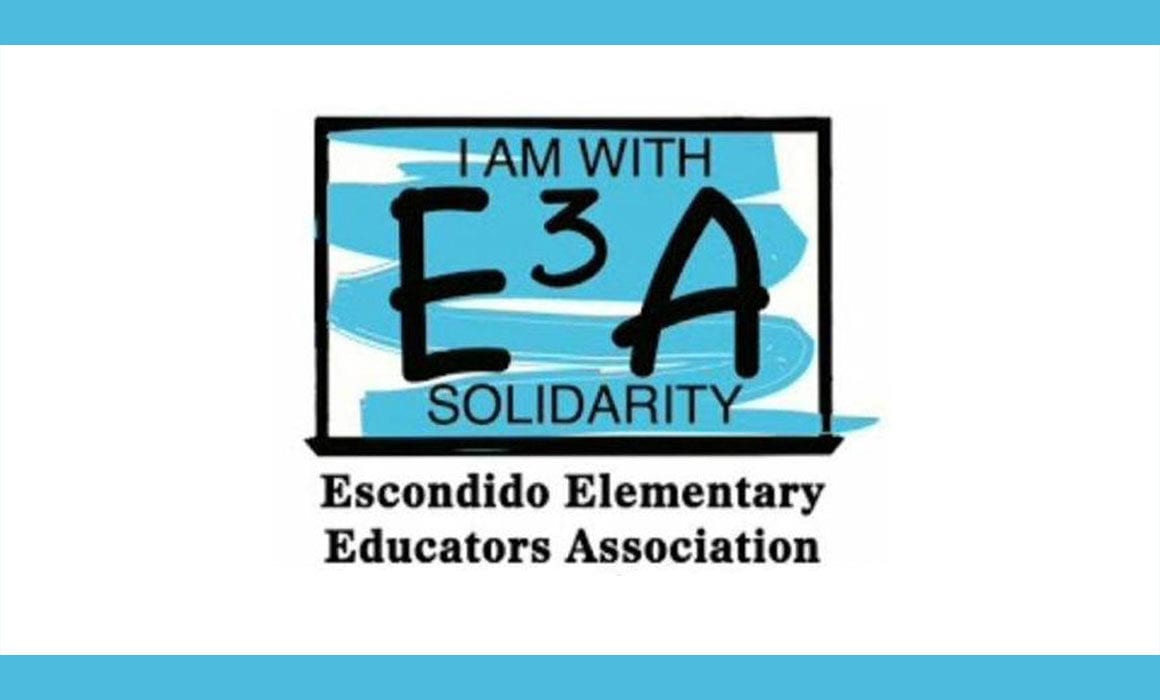
“It’s amazing that it took so long for this to be settled. It seemed pretty clear from the beginning that the Ed Code was being violated.”
—Romero Maratea, Escondido Elementary Educators Association president
Escondido Union School District officials had an interesting, albeit illegal, solution to a lack of resource specialists and a state-mandated caseload limit of 28 students per educator: Just call them a different job title that doesn’t have statutory caseload caps and assign them more than 40 students to support.
This brazen attempt to subvert state law led to a 2½-year legal battle that ended with a judge agreeing that the school district had misclassified the resource specialists as specialized academic instructors (SAI) and was out of compliance with the Education Code. Late last year, Escondido Elementary Educators Association reached an agreement with the district that recognized the 28 students per resource specialist cap.

“I think it’s amazing that it took so long for this to be settled,” says EEEA President Romero Maratea. “It seemed pretty clear from the beginning that the Ed Code was being violated.”
The issue started in the 2016-17 school year when an EEEA member working as a first-year resource specialist had a caseload far exceeding the legal maximum of 28 students. She alerted her supervisors, but they refused to act, so she filed a complaint with California Department of Education (CDE), which investigated and found EUSD had violated the Education Code. Not only was the district’s appeal of the decision denied, but they were also notified of two other violations of state education law in summer 2017.
The resource specialist, who left the district during this dispute and moved out of state, returned after the summer to find she had 37 students (exceeding the 28-student limit) and district managers who were not going to back down, even with state education officials saying EUSD was breaking the law. The district filed a lawsuit against CDE claiming it misinterpreted the Ed Code, and named the resource specialist as a co-defendant, going so far as to have her served at the school while she was working. The excessive and unnecessary act caused emotional distress, and the educator took an extended leave of absence, eventually deciding to leave the district instead of continuing to endure the treatment.
The district refused to relent, dragging the case out more than two years until a San Diego County Superior Court judge essentially told EUSD officials enough was enough. In his order, the judge found that “substantial evidence” existed that CDE handled the situation properly and made a decision based on the facts, dismissing EUSD’s lawsuit and putting an end to the district’s long and frivolous fight.
Maratea says that EEEA will work with the district to monitor caseloads moving forward. CTA staff Erin Clark credits Escondido members for putting in the legwork on the legal side of the matter and then pivoting to organizing and bargaining to address this important issue for special education teachers and students.
“Special education teachers are their own best spokespeople,” says Clark.
Group Legal Services attorney Jon Vanderpool says the use of the SAI classification for resource specialists had come up elsewhere previously, but districts backed off when pressed on the ploy. EUSD seemed set on proving a point at the community’s expense, but in the end, EEEA and the students of Escondido were victorious. If EUSD had been successful in their fight to continue violating the law, the ploy likely would have become common practice in school districts — so in many ways this win in Escondido is a victory for educators and students across California.
“Anytime you can do something that helps others, it feels good,” Maratea says. “It might take a really long time, but there are certain lines in the sand you have to draw.”
The Discussion 0 comments Post a Comment